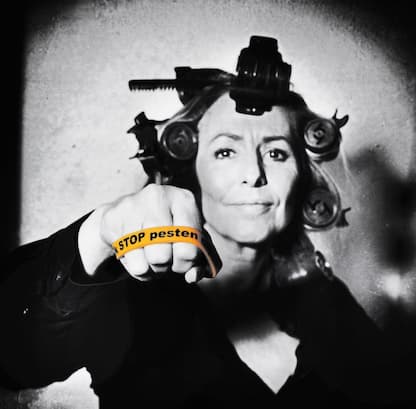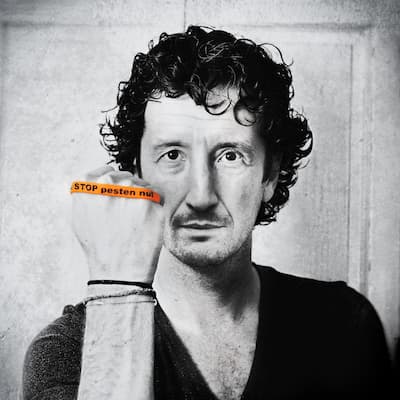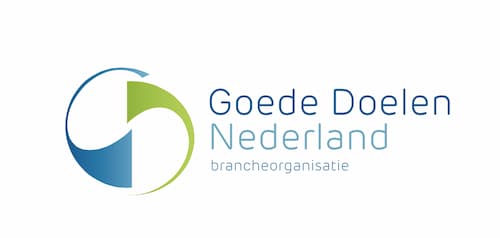On the occasion of the International Day for the Elimination of Violence against Women(link is external), and with the support from the Canadian Commission for UNESCO, the Permanent Delegation of Canada to UNESCO, and in collaboration with France Médias Monde, UNESCO launches the publication “Reporting on Violence against Women and Girls: a Handbook for Journalists” on 22 November 2019 at UNESCO Headquarters in Paris.
Conceived in the framework of UNESCO’s mandate to promote media development, journalism education and gender equality in media, this handbook is a resource for media professionals from across the world with the intention to stimulate reflections on current reporting practices, provide information and promote and improve ethical coverage of gender-based violence.
“Addressing gender-based violence means addressing a subject that concerns humanity. Reflecting on biased representations, stereotypes, prejudices and violence against girls and women means enacting change so that, at last, this violence is covered by the media in a way that fully reflects the concerns of our societies [...] Journalists can help to break the silence and lift this issue out from the private sphere, where it is still too often relegated.”
Extract from “Reporting on Violence against Women and Girls: a Handbook for Journalists”, UNESCO, Paris, 2019
The Publication
Journalism serving the public interest is an essential lever in the fight against violence against women and girls (VAWG). While coverage has improved over the past few years in many parts of the world, current reporting on gender-based violence still far from accurately depicts the extent and depth of what may be described as a global but silent epidemic.
Far too often, violence against women and girls, if at all reported, is relegated to the sidelines or circumscribed as a “family affair”, as a “personal problem”, or framed in a sensationalist way that does not seize the gravity of, nor accurately depicts, the situation as a high-risk issue of public interest.
Unique in its kind, the handbook is an informative and practical resource for media professionals on how to report on gender-based violence. In addition to its accessible format, it is structured to facilitate its use in fully busy news desks with tight deadlines in sight. Divided into two main chapters, the handbook features specific information on 10 selected topics relative to VAWG, and offers general recommendations for ethical journalistic practice in reporting on gender-based violence.
The first chapter provides basic knowledge and references on 10 thematic areas:
- Cyberbullying and online harassment of women journalists
- Early marriages or child marriages
- Female genital mutilation/cutting
- Forced marriages
- Gender-specific foeticide and infanticide
- Sexual harassment, sexual assault and rape
- So-called ‘honour’ crimes
- Trafficking in persons and smuggling of migrants
- Violence against women in conflicts
- Violence by an intimate partner or ex-partner and domestic murders
It gives media professionals some recommendations and examples of good practice. The handbook also intends to help journalists better tackle the dilemmas they face when reporting on those gender-specific matters.
Each thematic sub-chapter includes the sections Definition, Facts and figures, Explanations and background, as well as Advice and good practices on how to cover the topic. It also contains a Glossary with main notions, and a list for useful Resources with regard to the subject matter. Adopting a global scope, the handbook demonstrates how each of these types of violence occurs as much in developing as in developed countries, and therefore concerns us all.
The second chapter provides general recommendations on how to address, frame and cover stories on violence against women and girls. It provides practical advice on key steps in the reporting and editing process, such as assuring the sense of dignity, safety and trust with interviewees, informed consent, responsive listening, choice of location, cultural sensitivity, choice of interpreter, interviewing children, choice of images and so forth.
A final section contains a list of International Declarations, Resolutions and Conventions.
Author: Anne-Marie Impe.
Links
- Download the full version of the publication: English | French
- Press accreditation: https://en.unesco.org/general-conference/40th-gc-press-registration
Contact
- For more information, please contact: m.lourenco@unesco.org
Source UNESCO
Tip van de redactie
Heb je haast? Navigeer dan snel naar:
► Scholen & Professionals Kenniscentrum Pesten in het Onderwijs
- Of navigeer direct naar de informatie per functionaris: Schooldirectie & MT / Anti-pest coördinator / Leerkracht / Mentor / Ouderraad & MR
- Leerlingen & opvoeders: Kinderen & Jongeren (Leerlingen) / Ouders & Opvoeders
► Sportverenigingen Kenniscentrum Pesten in de Sport
- Of navigeer direct naar de informatie per functionaris: Bestuurders / Coaches, Trainers & Begeleiders / (Top)Sporters & Scheidsrechters
- Jonge leden & ouders Kinderen & Jongeren (Leerlingen) / Ouders & Opvoeders
► Werkgevers Kenniscentrum Pesten op het Werk
- Of navigeer direct naar de informatie per functionaris: Directie en bestuurders / HRM / MT en Leidinggevenden / Medewerkers / Ondernemersraden / Vertrouwenspersonen
► Ouderen Kenniscentrum Pesten in Woonzorgcentra

Breng snel een bezoekje aan ...
► Kenniscentrum (Klassiek) Pesten
► Kenniscentrum Online pesten (cyberpesten)
► Kennisbank & Downloadcentrum o.a. Beleid & Factsheets / Handleidingen / Lesmaterialen / Posters / Wetenschappelijke Onderzoeken
► Ik word gepest, wat kan ik doen
Stichting Stop Pesten Nu is het enige Erkende Goede Doel tegen Pesten in Nederland!







